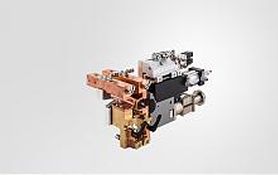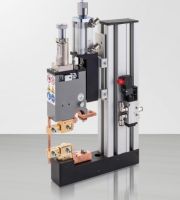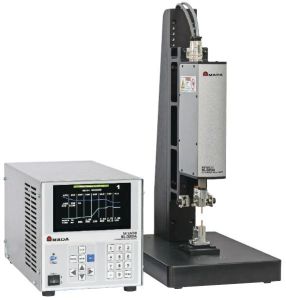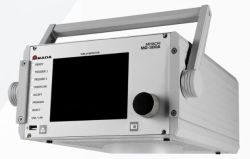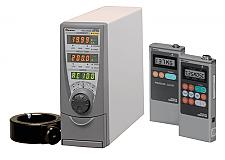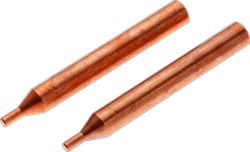Resistance welding is a thermo-electric process in which heat is generated at the interface of the metal parts to be joined by passing an electrical current through the parts for a precisely controlled time under a controlled pressure.
Key advantages of the resistance welding process versus other technologies include:

- Very short process time
- No consumables, such as brazing materials, solder, or welding rods
- Operator safety because of low voltage
- Clean and environmentally friendly
- A reliable electro-mechanical joint is formed through resistance welding
A key parameter of resistance welding is weld pressure or force. The proper and consistent application of force improves the mating of the materials increasing the current paths, reducing the interface resistance, and insuring that any oxide barriers between the workpieces are broken through. Repeatable force control insures repeatable weld quality through consistent electrical contact resistance and consistent heat balance. Force control can also be used to trigger resistance welding energy when a pre-determined force level has been achieved, often called "force firing". Optimum welds are achieved when the applied force is precise, repeatable, controlled by time schedule, used to fire the power supply, and regulated both to reduce the initial impact and not to become excessive after the weld.
The mechanical system to do so is generally referred to as the weld head. The weld head (including resistance welding electrodes), functions to force the workpieces together and hold them during the weld. The resistance welding head provides the current path, welding pressure or force, triggers (initiates) the weld current, provides follow-up force as the workpieces melt together, and cools the workpieces after the weld. Development of a weld head force schedule is equally as important as development of a power supply schedule. The ideal force schedule insures that proper electrical contact resistance and proper heat balance are both achieved and maintained between the workpieces and the electrodes. Force is measured in pounds (lbf), Kilograms (Kgf) or Newtons (N or dN).



